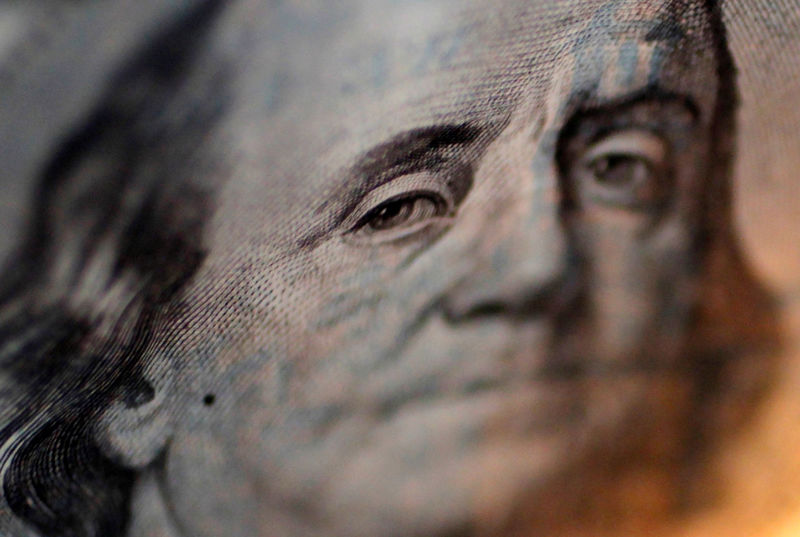By Ambar Warrick
Investing.com -- Most Asian currencies rose sharply on Thursday, while the dollar fell to a seven-week low after the Federal Reserve raised interest rates but hinted at a potential pause in its tightening cycle, although rates are likely to remain higher for longer.
China’s yuan surged 0.7%, while the South Korean won was the best performer for the day with a 1.3% bounce.
The Indian rupee rose 0.4%, while the Japanese yen jumped 0.5%, with focus also turning to key Japanese consumer inflation data due on Friday.
On the other hand, the dollar retreated further against a basket of currencies in Asian trade, after tumbling 0.7% on Wednesday. The dollar index and dollar index futures fell about 0.2% each on Thursday.
Treasury yields also sank after the Federal Reserve hiked interest rates as expected, and changed its language when addressing future interest rate hikes. The central bank no longer sees “ongoing increases” in interest rates as appropriate, and instead said that policy firming "may be appropriate.”
The change in language comes in the wake of a banking crisis, which analysts bet will reduce the economic headroom available for the Fed to keep raising rates. The central bank also slightly trimmed its GDP outlook for the year, and maintained its median outlook for interest rates at 5.1% for 2023.
“With markets perceiving the unchanged 2023 median projections at 5.1% as moderately dovish and the general investors’ sentiment on the banking crisis having gradually improved in the past couple of days, the dollar was left without a floor,” analysts at ING wrote in a note, noting that the Fed had opted for a “dovish hike.”
The Fed’s less hawkish outlook helped break a nearly week-long lull in Asian currencies, as a potential banking crisis spurred increased risk-aversion.
Most regional currencies saw strong gains on Thursday as the Fed reiterated that a bigger banking crisis had likely been averted. But the central bank also said that it will continue to act against overheated inflation, and said that it was planning no interest rate cuts this year.
While Asian currencies benefited on the prospect of a less hawkish Fed, high interest rates are likely to limit major gains for the rest of the year.
Regional units were battered by a sharp rise in interest rates through 2022, and are still reeling from the move this year.
